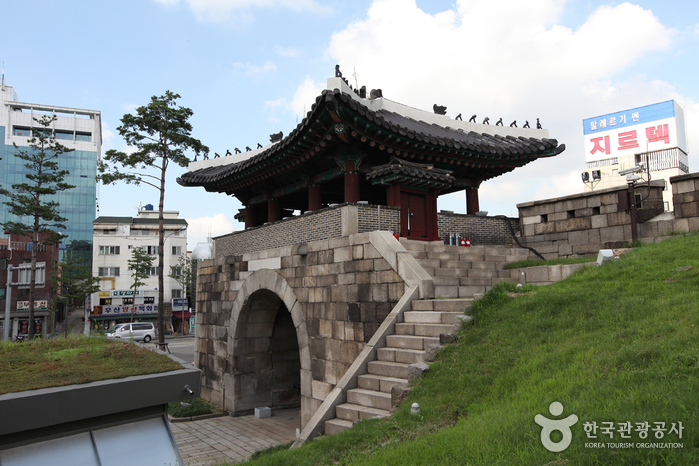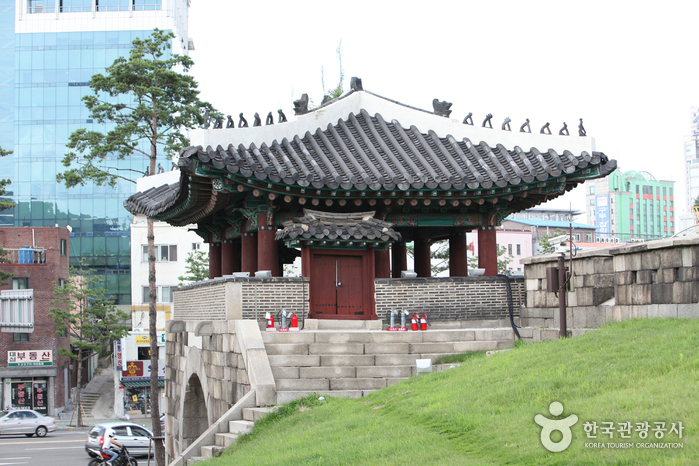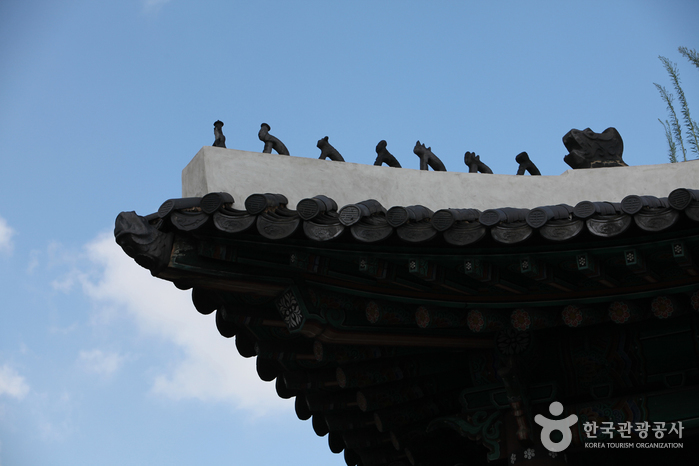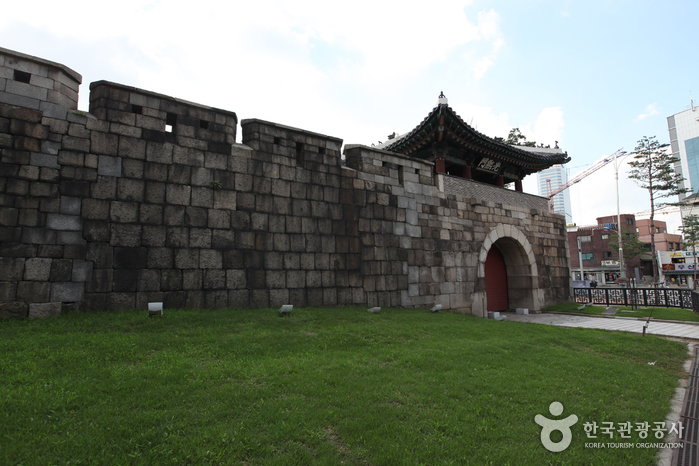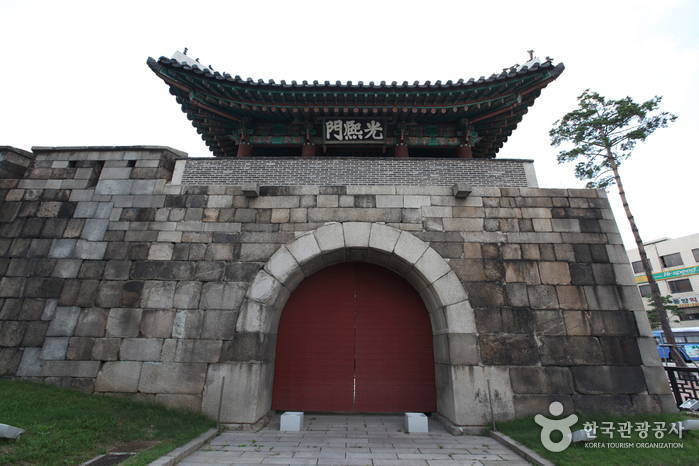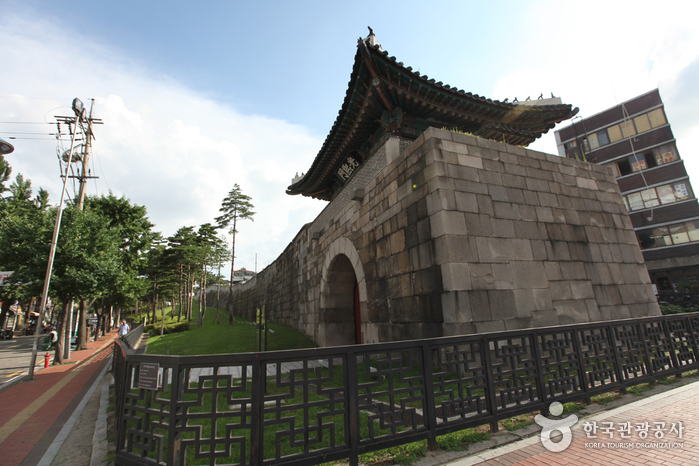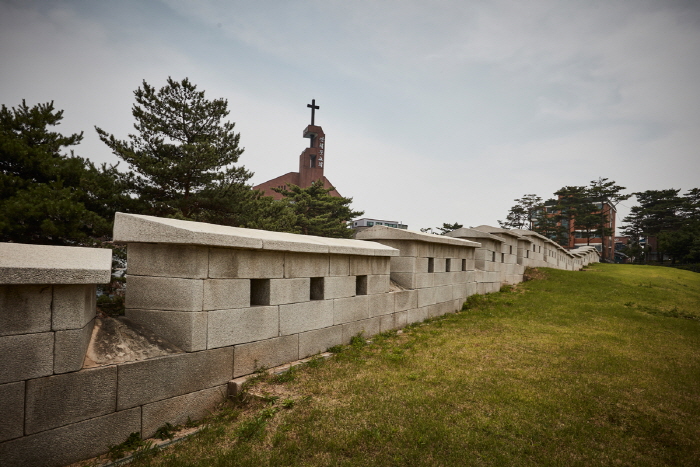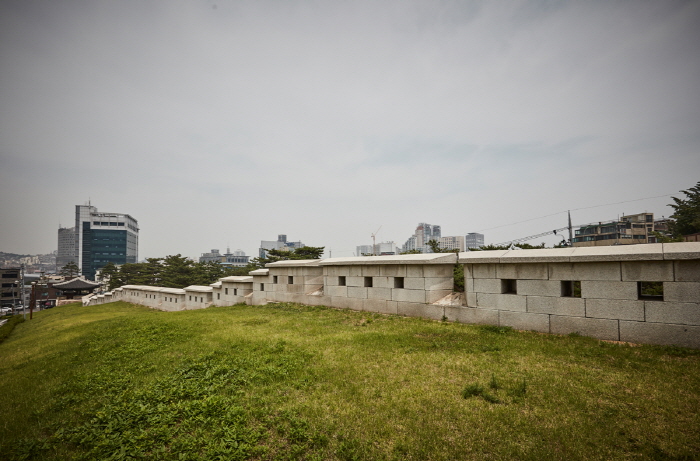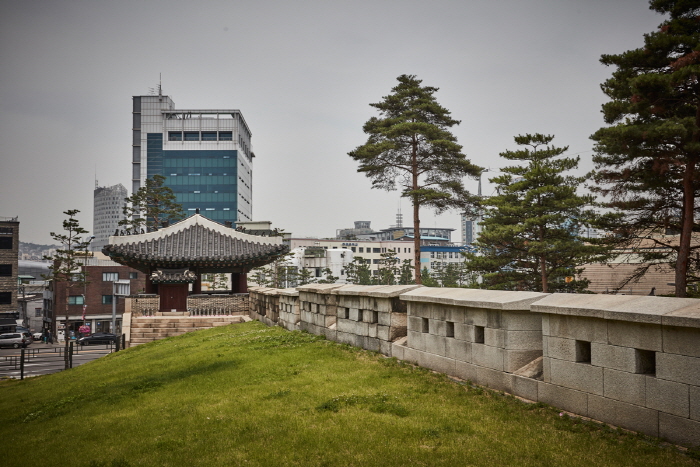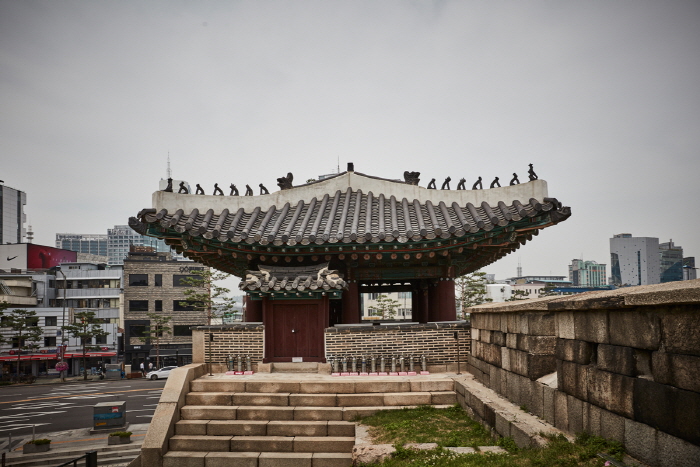Gwanghuimun Gate (광희문)
Published 2012-11-06 Updated 2021-02-24 View 11278
We provide various information such as the website, contact information, usage information, and location (map) of Seoul Jung-gu, Gwanghuimun Gate (광희문) using public data of Korea Tourism Organization.
Gwanghuimun Gate is said to have been originally constructed in 1396, the 5th year of King Taejo, at the southeast of the capital city. It was often referred to as Sugumun Gate (water channel gate) and was actually used as a Sigumun, literally meaning “corpse gate,” as funeral processions passed through this gate when exiting to the east.
During the Imjin War (1592-1598), the fortress gate was destroyed to such a degree that it made finding the original location close to impossible. Nevertheless, reconstruction efforts were started in 1711 (37th year of King Sukjong) and the gate was restored together with the gate's watchtower. Gwanghuimun Gate remained intact even when the fortress walls were demolished to build tram tracks during the Japanese occupation, but it was later damaged during the Korean War and left neglected. In 1975, restoration work was carried out to relocate Gwanghuimun Gate to a site 15 meters south of its original location since it stood in the middle of the road.
Telephone
+82-2-3700-3900
Homepage
Detailed Information
Admission Fees
Free
Restrooms
Not available
Interpretation Services Offered
Not available
Address [Map]
344, Toegye-ro, Jung-gu, Seoul
Search

HiKR Ground (하이커 그라운드)
40, Cheonggyecheon-ro, Jung-gu, Seoul

Arirang (아리랑)
23, Namdaemun-ro 7-gil, Jung-gu, Seoul

Hosujip (호수집)
443, Cheongpa-ro, Jung-gu, Seoul
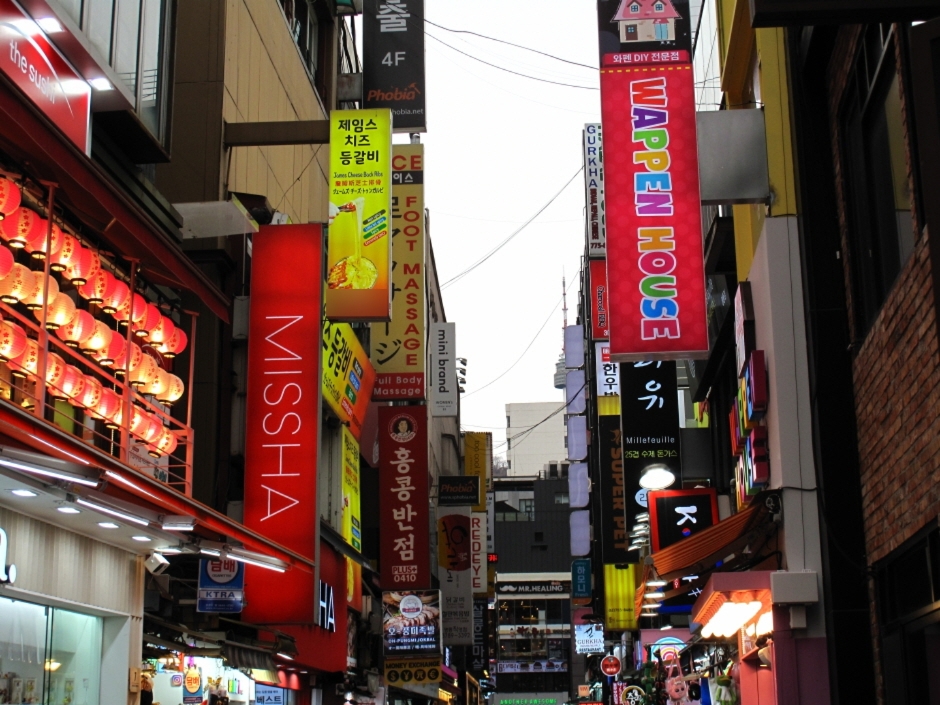
James Cheese Deunggalbi Myeongdong (제임스치즈등갈비 명동)
13, Myeongdong 10-gil, Jung-gu, Seoul
![Zen - Myeong-dong Branch [Tax Refund Shop] (ZEN 명동)](http://tong.visitkorea.or.kr/cms/resource/63/2888763_image2_1.jpg)
Zen - Myeong-dong Branch [Tax Refund Shop] (ZEN 명동)
5-8F, 62, Myeongdong-gil, Jung-gu, Seoul
